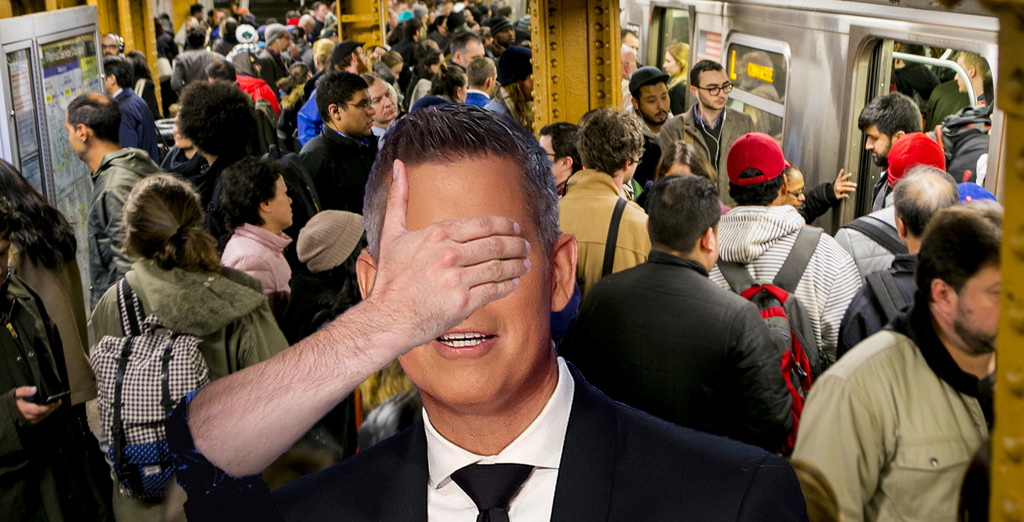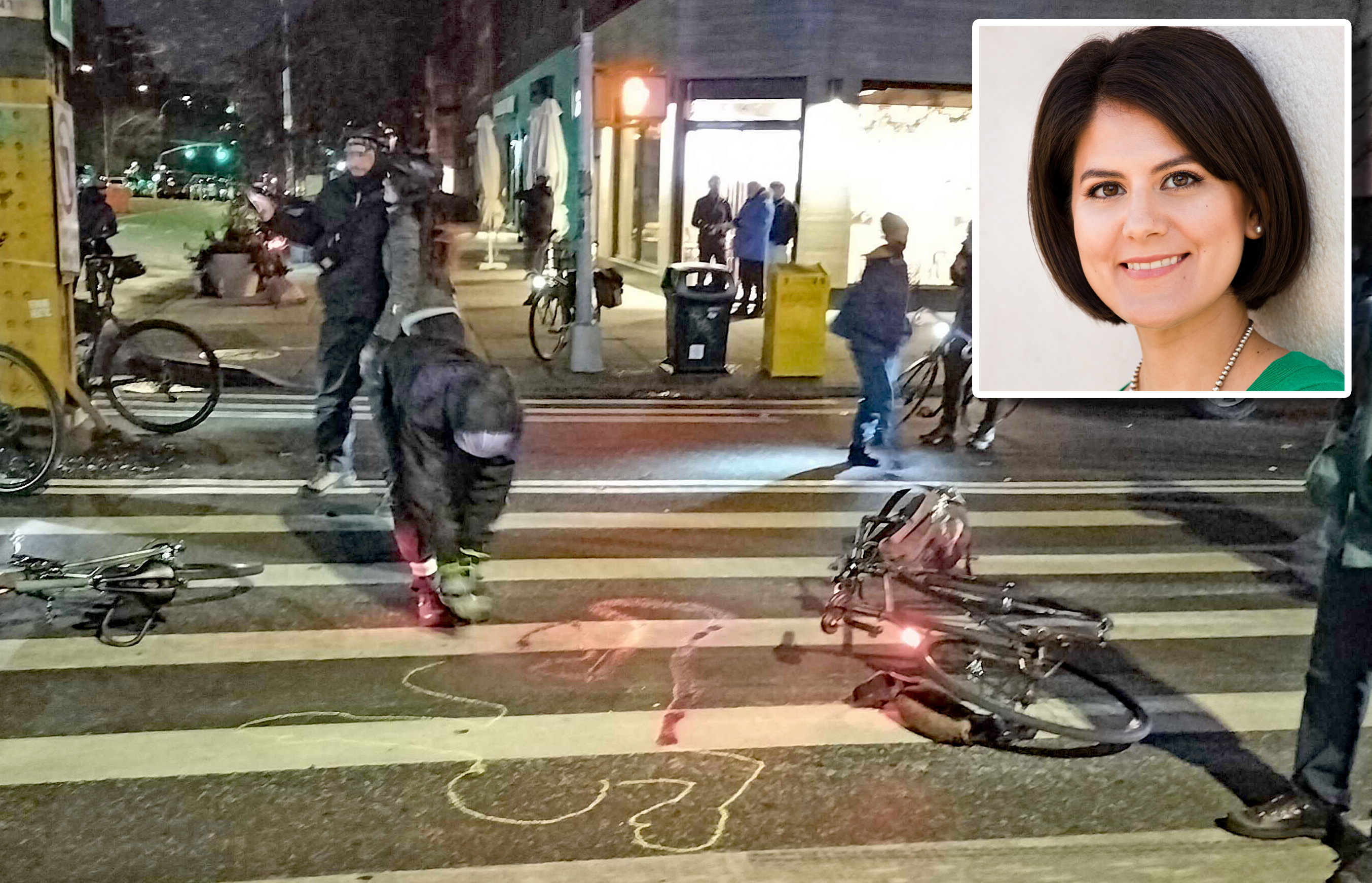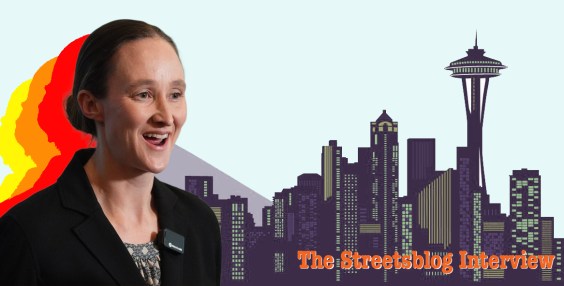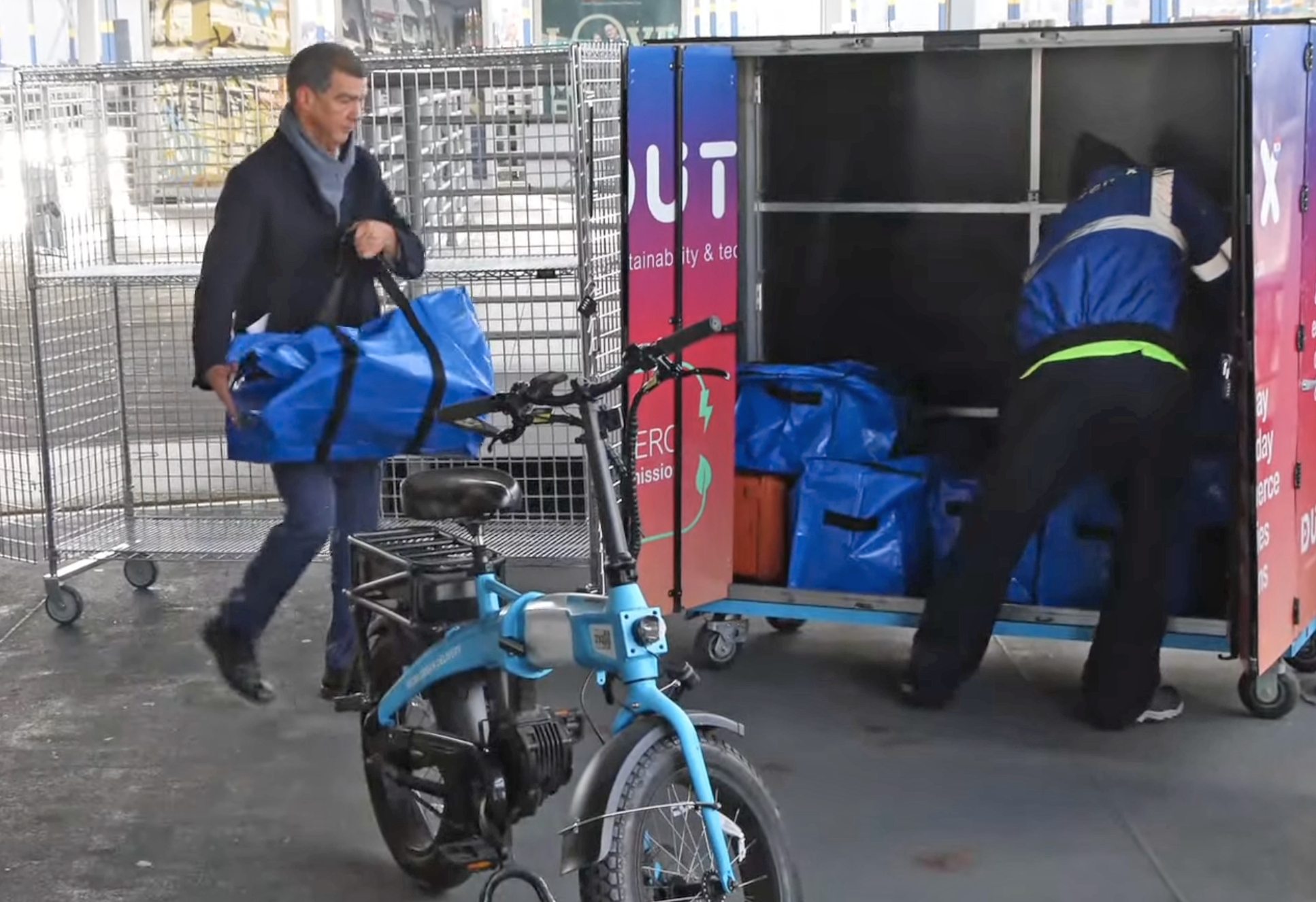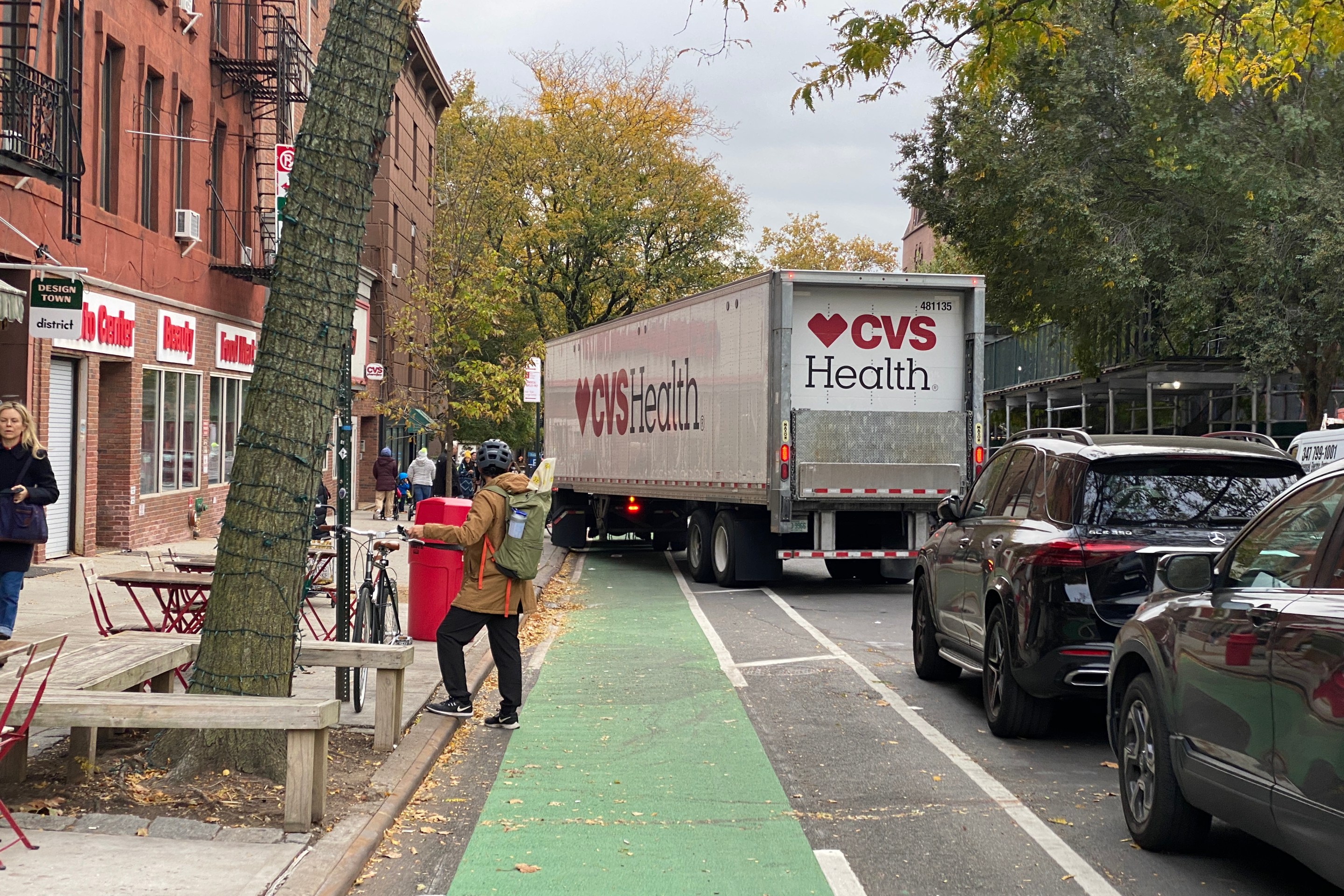Subway ridership continues to rise — putting the lie to federal Transportation Secretary Sean Duffy’s repeated implications that no one would ride the subway if they had an alternative.
Duffy has framed congestion pricing as a punishment meant to force people onto the subway — as if 90 percent of people who commute into the tolling zone don't take public transit. Duffy told Semafor last week that New York's political leaders "force people to ride the subways."
But ridership data shared by transit officials at the agency's monthly committee meetings on Monday shows New Yorkers are flocking to mass transit rather than begrudgingly accepting riding it as a unwanted burden.
Since 2021, riderships across all modes that the MTA offers has steadily risen from 100 million rides per month to over 150 million rides per month, for a total of 6 million rides per day across the system.
Most of that ridership is concentrated on the subway, where weekday ridership averaged 4 million rides per day in March for the first time since 2019. Weekly average subway ridership is on pace to top 4 million rides per day again in April, and last week the system carried over 4.4 million riders for consecutive days for the first time since since the pandemic began.
Weekday subway ridership continues to grow even as New Yorkers spend less time at the office. According to a survey conducted in March by the Partnership for New York City, Manhattan office attendance stands at just 76 percent of its pre-pandemic population. That translates to just 57 percent of office workers actually being at the office on an average weekday.
Only 10 percent of office workers commute Manhattan offices five days a week, the survey found. The mismatch in office attendance and weekday subway ridership leaves room for ridership to keep increasing as more firms institute stricter return to office policies, which a quarter of the surveyed employers said they planned to do in the future.
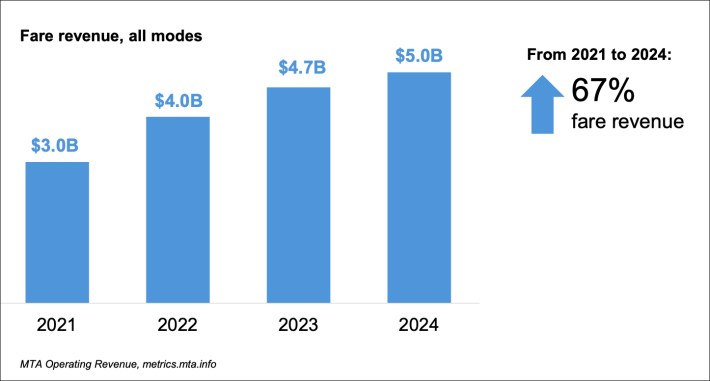
The ridership recovery also depends on the broader city economy doing well.
"Three-fourths of the jobs in the region can't be done remotely so a lot of that subway ridership is going to be people who have to be show up at work," said Regional Plan Association Executive Vice President Kate Slevin.
"Health workers, service workers, education, construction, all of those sectors are going to be on the on the subways and traveling to and from work. That might not be reflected in office occupancy rates but they're on the transit system."
Ridership is not only surging on weekdays. Even though weekend construction wreaks havoc on the subway map, average weekend ridership in 2025 has jumped 11.1 percent over where it was over the same period of time in 2024.
To Slevin, that indicates that people are also choosing to ride the subway for trips they make by choice, not just trips they need to make to get to work.
"People are riding the subway, they're using transit. It's just a little bit different than it was before COVID, but weekend trips — to see friends, go to cultural events, all of those trips are happening again," Slevin said.
The only person who doesn't seem to be impressed with the steady increase in transit ridership is Duffy, who's tried promote a version of the subway as Hell on Earth in order to argue his legally-dubious case against congestion pricing.
Fresh off a two-stop subway ride earlier this month — where he declined to walk back his comments calling the subway a "shithole" — Duffy made the media rounds in recent days, first with his live interview with Semafor, then in an "exclusive" sit-down with the New York Post.
Speaking to the tabloid, Duffy once again peddled his line that congestion pricing benefits the wealthy while the poor are "forced" onto the subway. Just 10 percent of commuter trips into Manhattan are by car — and those drivers are, on average, wealthier than their transit-using neighbors.
Transit advocates have had enough of the secretary's crocodile tears over a toll paid by a relatively small number of New Yorkers.
"Subway riders are New York's lifeblood but the only riders Duffy cares about are the ones he says are forced out of their cars by our time saving congestion relief program," said Riders Alliance Director of Policy and Communications Danny Pearlstein. "The millions of us don't matter to him because we're useless as props in his performance for people who like to hate and fear the city.
